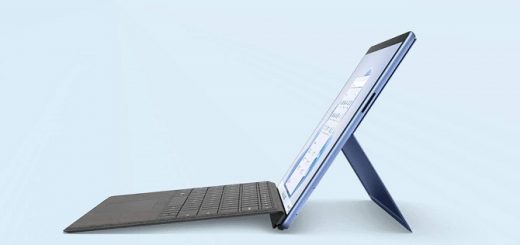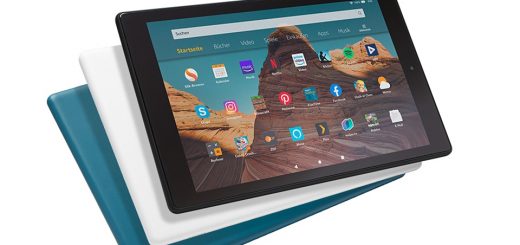How to choose a graphics tablet for drawing

Choosing a graphics tablet for drawing can be overwhelming with the wide variety of options available in the market. Here are some key factors to consider when selecting a graphics tablet for drawing:
Pen Pressure Sensitivity:
Pen pressure sensitivity determines how responsive the tablet is to the pressure you apply with the stylus. A higher pressure sensitivity allows for more natural and precise drawing, as it can create thicker or thinner lines based on how hard you press. Look for a tablet with at least 2048 levels of pressure sensitivity or higher for a better drawing experience.
Active Area Size:
The active area is the portion of the tablet that responds to the stylus. It’s important to choose a tablet with an active area size that suits your drawing style and needs. A larger active area provides more space to draw and can be more comfortable for longer drawing sessions, while a smaller active area may be more portable.
Resolution and Accuracy:
The resolution and accuracy of a graphics tablet determine how precisely your strokes are captured. Higher resolution and accuracy allow for more precise and detailed drawings. Look for a tablet with a resolution of at least 2000 lines per inch (LPI) or higher for good accuracy.
Connectivity and Compatibility:
Graphics tablets can connect to your computer via USB, Bluetooth, or wirelessly. Consider the type of connectivity that best suits your workflow and make sure the tablet is compatible with your operating system (Windows, Mac, etc.) and drawing software.
Stylus Features:
Stylus features such as tilt sensitivity, programmable buttons, and eraser functionality can enhance your drawing experience. Tilt sensitivity allows you to create variable lines by tilting the stylus, while programmable buttons can be customized to perform commonly used functions. An eraser on the stylus can be convenient for quick corrections.
Brand and Price:
Consider reputable brands known for their quality and customer support. Graphics tablets come in a wide range of prices, so determine your budget and look for a tablet that offers the best features within your budget.
User Reviews:
Read user reviews and feedback to get an idea of the real-world performance of the graphics tablet you’re considering. This can help you understand the pros and cons of the product and make an informed decision.
Additional Features:
Some graphics tablets come with extra features such as multi-touch support, express keys, or a built-in display. Consider if these additional features are important to you and align with your drawing needs.
By considering these factors, you can select a graphics tablet that meets your drawing requirements, fits your budget, and enhances your overall drawing experience.
But here are of course some additional points to consider when choosing a graphics tablet for drawing:
Brand and Reputation:
Choosing a reputable brand with a good track record for quality and customer support can be important when investing in a graphics tablet. Established brands such as Wacom, Huion, XP-Pen, and Apple have been known to produce reliable graphics tablets with a history of positive customer feedback. Research different brands and read reviews to gain insights into their reliability and customer service.
Size and Portability:
Graphics tablets come in various sizes, from small and compact options to larger ones that offer more drawing space. Consider the size that fits your workspace, drawing style, and portability needs. Smaller tablets are more portable and suitable for artists who are always on the go, while larger tablets provide a more spacious drawing surface for detailed work.
Drawing Surface Texture:
Graphics tablets can have different types of drawing surfaces, such as smooth glass-like surfaces or textured surfaces that simulate the feel of drawing on paper. The type of surface you prefer can affect your drawing experience, as some artists may prefer the tactile feedback of a textured surface, while others may prefer the smoothness of a glass surface. Consider your personal preference and look for a tablet with a surface that suits your drawing style.
Compatibility with Drawing Software:
Ensure that the graphics tablet you choose is compatible with the drawing software you plan to use. Most graphics tablets are compatible with popular drawing software such as Adobe Photoshop, Corel Painter, Clip Studio Paint, and others. However, it’s always a good idea to double-check and ensure that the tablet you’re considering is compatible with your preferred software.
Battery-powered vs. Rechargeable:
Graphics tablets can be powered by batteries or be rechargeable. Battery-powered tablets may require frequent battery replacements, while rechargeable tablets may need to be charged regularly. Consider whether you prefer the convenience of a rechargeable tablet or the simplicity of a battery-powered one, and factor in the ongoing costs and maintenance associated with each option.
Budget:
Graphics tablets come in a wide range of prices, so it’s important to determine your budget before making a decision. Keep in mind that more expensive tablets may offer additional features, higher performance, and better build quality, but they may not always be necessary for everyone. Consider your budget and prioritize the features that are most important to your drawing needs.
Support for Multi-monitor Setup:
If you work with multiple monitors, consider a graphics tablet that supports multi-monitor setup. Some tablets allow you to map different portions of the tablet to different monitors, which can enhance your workflow and productivity when working on multiple screens simultaneously.
Durability and Build Quality:
Graphics tablets are tools that are meant to be used regularly, so it’s important to choose a tablet that is durable and built to last. Look for tablets with sturdy construction, reliable components, and good build quality to ensure that your investment will be long-lasting.
User Interface and Customization:
Graphics tablets may come with buttons, knobs, or touchstrips that can be customized to perform different functions. These can provide quick access to commonly used features or shortcuts in your drawing software, enhancing your workflow. Consider the user interface and customization options offered by the graphics tablet and how they align with your drawing process.
Future-proofing:
Technology is constantly evolving, so it’s worth considering the future-proofing of the graphics tablet you’re considering. Check if the tablet receives regular firmware or driver updates from the manufacturer, as this can ensure compatibility with future operating systems and software updates.
So, what is the final here?
By taking into account these additional factors, you can make a well-informed decision when choosing a graphics tablet for drawing that best suits your needs, preferences, and budget. Remember to do thorough research, read reviews, and consider.



